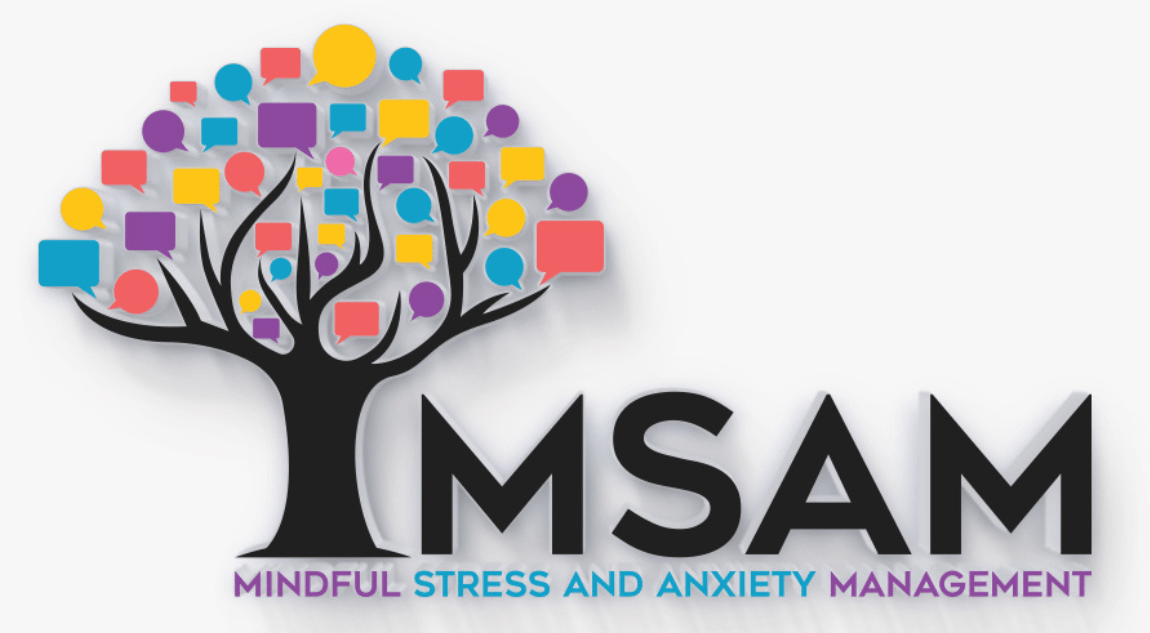The Chinese Finger Trap
Have you ever tried a Chinese finger trap? You slide the index fingers of each hand into a woven tube, then try to remove your fingers. However, tubes tightens as you pull your fingers away. The harder you try, the tighter the tube becomes around your fingers. The only way to easily extract yourself is to stop struggling and push your fingers together, loosening the hold.
The experience is both frustrating and fun. The frustration comes if you don’t figure out how to escape and continue the struggle; the fun comes as you learn a lesson about the futility of an unwise struggle. It turns out that a Chinese finger trap has a lot to teach us about being happy and being right.
In order to escape the trap, you have to notice that pulling to escape the trap isn’t working. In fact, the more you pull to free yourself, the tighter the trap becomes. The object is to get your fingers out of the tube—but in order to do so, you must accept that what you are doing isn’t working. You have to decide to give up pulling. It makes sense: when notice when something isn’t working, all you have to do is stop it, and choose to do something else. Much easier said that done, however, especially when you’re outside looking in.
The Need to be Right
Choosing to stop a behavior and replace it with another seems to be a reasonable approach intellectually, in our daily lives we don’t always act so rationally. The truth is, in the moment we often want to be right (because of our habits and reactive mind) more than we want to be rational and wise! In the moment, our ‘doing mind’ (thinking on autopilot) leads us to react in a manner to avoid failure. When we are not in the struggle of that moment, however, it would be easier to say that we would choose the wise and rational choice.
But in the throes of difficulty, we might feel that being right is the same as being smart, safe, and powerful. We want the gratification that comes with achieving or winning, even if we know it won’t make us happy for long. Wanting to be right becomes a habit, and then it becomes second nature. At that point, the desire to be right is out of our immediate conscious awareness. We come to think things like: “If we are not right, we might be seen as stupid or weak.” We decide to never admit that we are wrong. Our operating belief becomes: “Never stop trying, no matter what.” Not only that, but we begin to feel that the opposite of being right is not just being wrong, but also being weak. Most of us won’t notice these thoughts, however; we just feel (in the case of the finger trap) that we have to keep pulling.
Learn to Stop Pulling
I do this simple experiment with the finger trap in my mindfulness groups. Some people continue to pull until the trap frays or breaks. They laugh about it, but when I ask why they just kept pulling until it broke they will often say, “I just didn’t want to let this little thing beat me,” or “I wasn’t about to give up.” In our society, ‘giving up’ is often understood to mean being beaten, due to one’s weakness or another personal failing. But sometimes, giving up is necessary to solve the problem you are facing. Rather than an act of weakness or passivity, giving up can be practiced a way to pause and take a second look—to make space to learn. When you are facing a task like the finger trap, giving up the futile struggle of pulling is an act of wisdom.
Having the attitude that ‘right makes might’ causes us to struggle and suffer unnecessarily, as the finger trap demonstrates. It can seduce us into choosing unworkable strategies over and over again, producing a sense of resignation, defeat, and dismay. Society teaches us to never give up, and that surrendering without tolerate as much pain as possible is shameful. But that’ s not necessary, and in fact may prevent us from finding a solution.
In the example of the finger trap, giving up the struggle is necessary to finding the solution. Research has shown that when people struggle harder and harder without success, we experience more anxiety, depression, exhaustion, and burnout. Experiments have demonstrated that when we are fearful, or avoidant, or feel trapped (for whatever reason), humans’ capacity for creative problem-solving decreases.
Avoidance Orientation
Trying harder to be right and repeating the behaviors in spite of poor outcomes puts the mind into avoidance mode. When a mind is avoidant, it is simply not as capable of finding a creative answer to our problems. In the case of the finger trap, being stubbornly right creates an issue for the people who did not stop pulling, in turn leading to frustration, avoidance, and a decreased ability to problem-solve. In frustration, they would break the finger trap—but what happens when you are trapped in a situation you can’t seem to break out of?
“The spirit in which we do something is often as important as the act itself.”

Look at the picture above. What are your thoughts, mood, and orientation? Approach/Avoid? Now do the same for the picture below:
These photos are only the smallest indicator of movement toward an orientation. What if you experienced a string of situations where you tried the same unworkable things repeatedly? Would you feel stuck? Feeling stuck activates the avoidance orientation, which decreases your sense of playfulness and creativity. If chronic, this avoidant orientation can eventually lead to learned helplessness and depression. An avoidant mind just comes to expect that there is nothing that it can do to help itself. Your thinking becomes mired in remembering the reasons you shouldn’t do something because it won’t work out. Rather than looking for creative solutions, you remember the ways in which the problem seems unsolvable. But all is not lost.
Break the Cycle of Helplessness
If you feel trapped by this powerful sense of helplessness, you can break out of it over time. With practice, you can become more aware of the situations, thoughts, and feelings that produce an unproductive, negative state of mind. You can better recognize when you are about to go into the spiral of depressive thinking. While you can’t stop yourself from thinking altogether, you can learn how to relate differently to your thoughts and feelings. You can begin to look more closely at the usefulness of your thoughts, and the feelings that they activate—then you can become less reactive to them.
Simply learning to recognize thinking and patterns of thinking and feeling begins to weaken their hold. Daily mindfulness practice helps you begin to understand that thoughts are not facts. A mindfulness practice also enhances your psychological flexibility—it helps you to learn that your ‘doing’ or thinking mind is a virtual reality. What goes through our minds feels like reality but, while our brains are great problem-solving machines, not everything we think is correct. Sometimes the brain houses outdated, useless, or altogether incorrect information that can be completely wrong; and it is very poor at self-correction.
In other words, we must learn how our brains work and, when our thinking is not bettering our well-being, practice self-management. With practice, mindfulness teaches us to observe our ‘doing mind’ without being reactive to it. Furthermore, we begin to enhance our ability to see things in the moment just as they are, without judgment.
I know it seems we have taken a leap from the dilemma of the finger trap, but perhaps it is not so large. Those in the mindfulness group who become mindful of the situation at hand, and stop struggling are more able to find creative solutions. They become aware that pulling doesn’t work, and when they stop pulling, they notice that the pressure on their fingers lessens. You can guess what dawns on them next.
If you are stuck reacting to your ‘doing’ mind in ways that cause you to suffer repeatedly and to repeat patterns that you are unaware of, I invite you to start or continue your mindful meditation practice.
With kindness,
Harold


